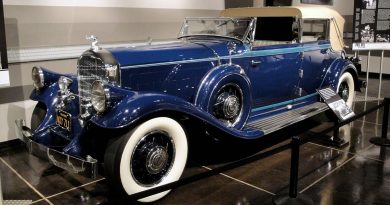1935 Lincoln K Convertible Roadster
The Lincoln K series (also called the Lincoln Model K, in line with Ford nomenclature) is a luxury vehicle that was produced by the Lincoln Motor Company. The second motor line produced by the company, the Model K was developed from the Model L, including a modernized chassis on a longer wheelbase. In 1931, Lincoln introduced a V-12 engine, becoming a feature of the company for nearly 20 years.
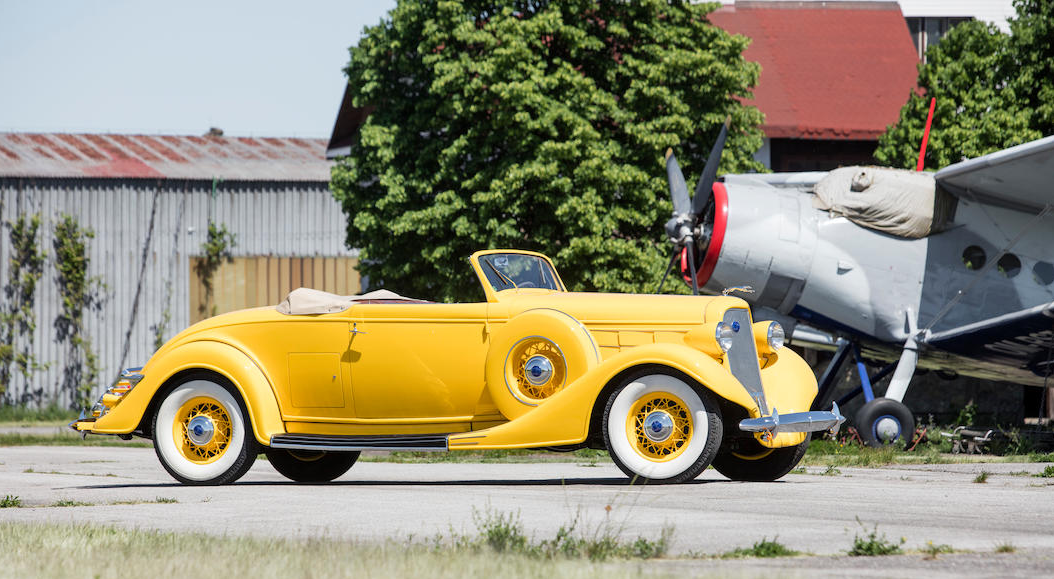
During the Great Depression the US automobile market floundered; particularly the fine car manufacturers. While behemoths struggled, and smaller ateliers folded, Edsel Ford was determined that the great Ford Motor Company would weather the economic storm. He proved this by throwing his weight behind the luxury Lincoln brand. Unashamedly brash, the Lincoln Motor Company released its most prestigious model, the Lincoln K Convertible Roadster, aimed at the “sophisticated motorist, who need not compromise and probably owned 10 or more Lincolns already.” The new lightweight model, based on the shortened 135-inch wheelbase, was depicted in yellow in marketing brochures, and presented as “roomier, easier to handle surges lightly and swiftly at a touch of the accelerator shifting is smoother, springs more flexible with modern beauty and no sacrifice.” Exceptional in every aspect, the K Convertible Roadster was not for the faint of purse, with a base sticker price of $4,600.
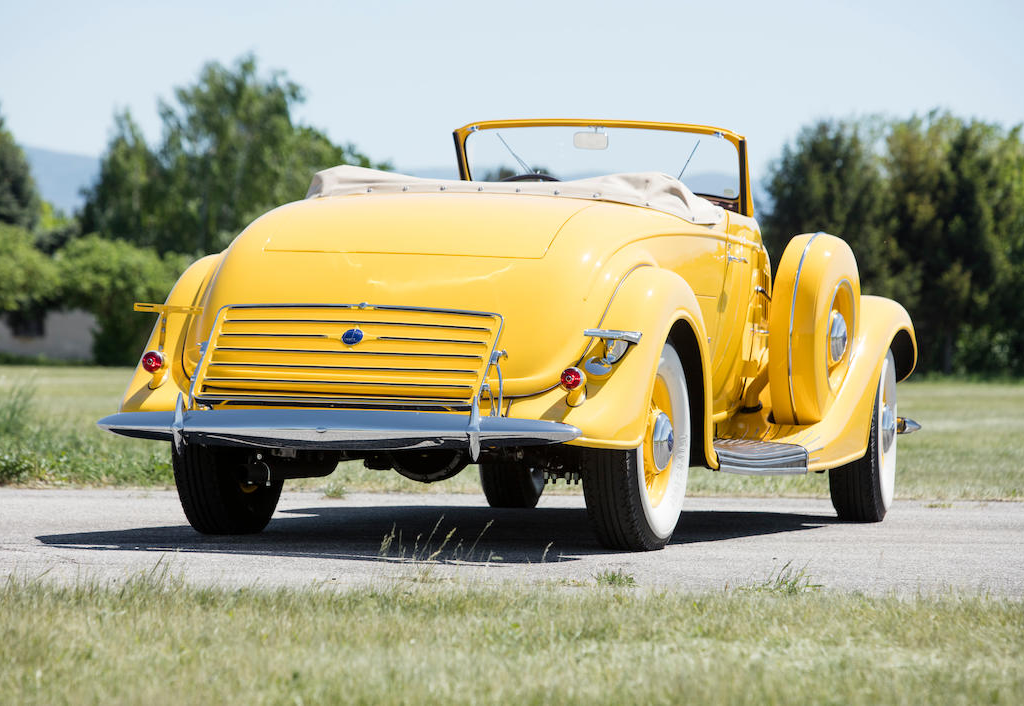
Lincoln made significant design changes in 1935, both with their model designations and engineering of their well respected luxurious automobiles. These changes began with the elimination of the KA and KB chassis numbers determining the wheelbase. All cars would be considered K-Series and have model designations instead. Both 136-inch and 145-inch choices in wheelbase still existed, but now each chassis would be offered with your choice of body, so buyers no longer felt obligated to buy the longer wheelbase to have the most prestigious offerings from Lincoln.
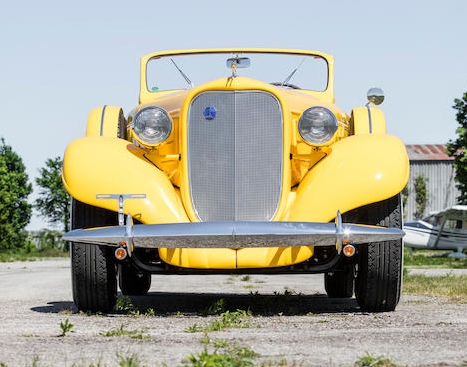
This 1935 Lincoln K Convertible Roadster has a 414 cubic-inch flathead V12 engine with a single two-barrel carburetor giving around 150 horsepower.
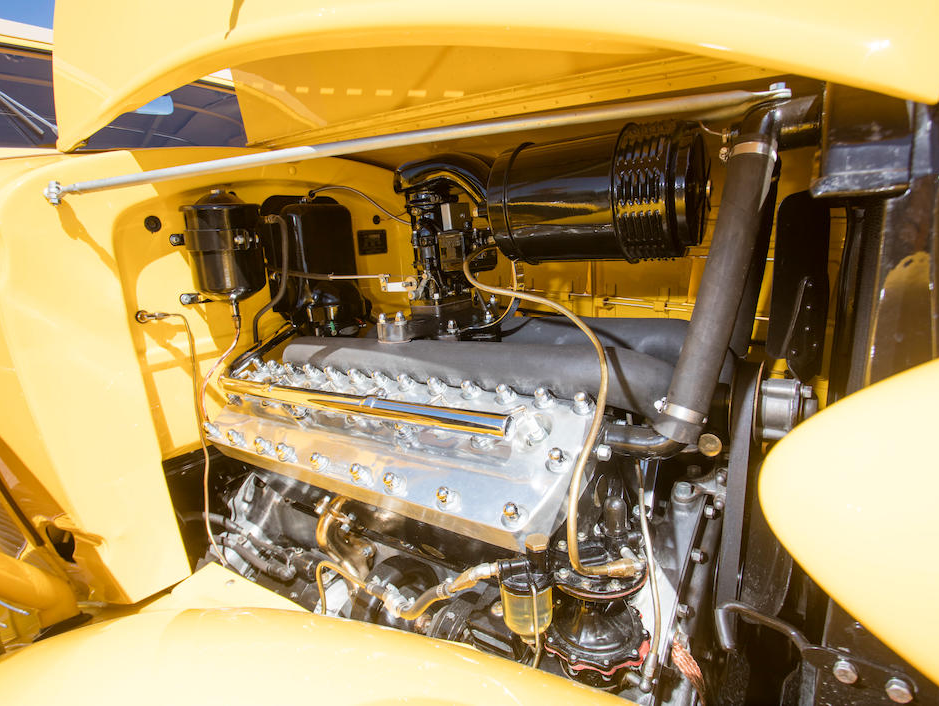
Among the custom bodies available was the unique Non-Collapsible Cabriolet style by Brunn. Based off of the Semi-Collapsible Cabriolet that Brunn had debuted in 1929 on a Lincoln at the Paris Auto Salon, the elegant Non-Collapsible body style placed a fixed roof atop the rear passengers while still allowing the chauffeur to be set in an open cabin — similar to a town car.
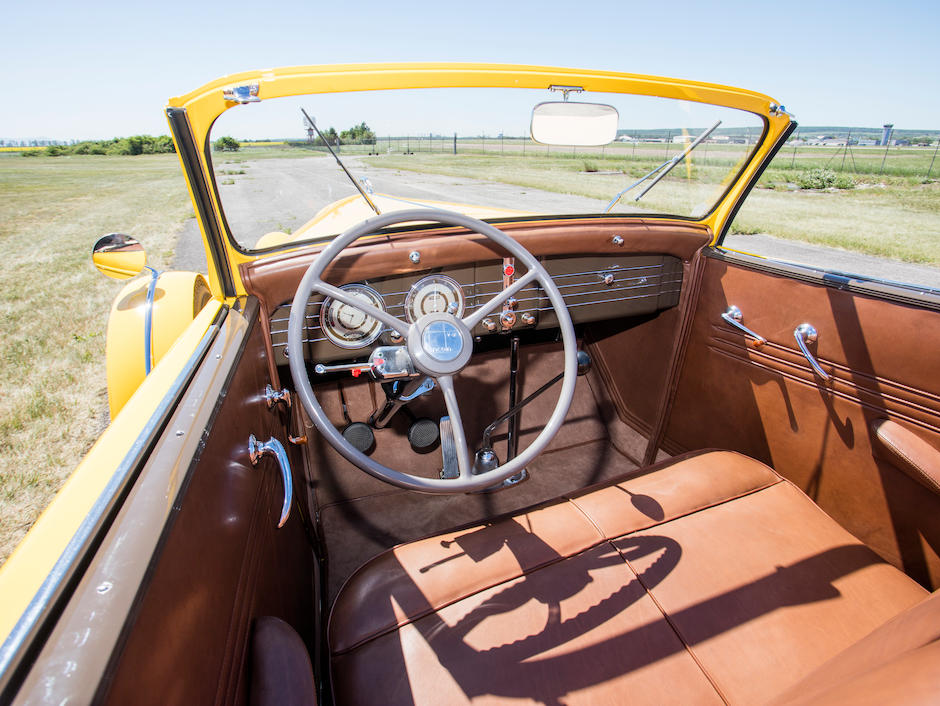
The Great Depression saw many car manufacturers, Lincoln included, struggling to remain in business. It was at Lincoln’s lowest point that it was purchased by Henry and Edsel Ford, who sought to turn things around with the elegant yet down-to-earth K-series (named after Ford’s classic Model K line). An improvement from its predecessors, the 1935 Model K sported a significantly lower center of gravity, which made for better handling and a smoother ride, even at high speeds.



